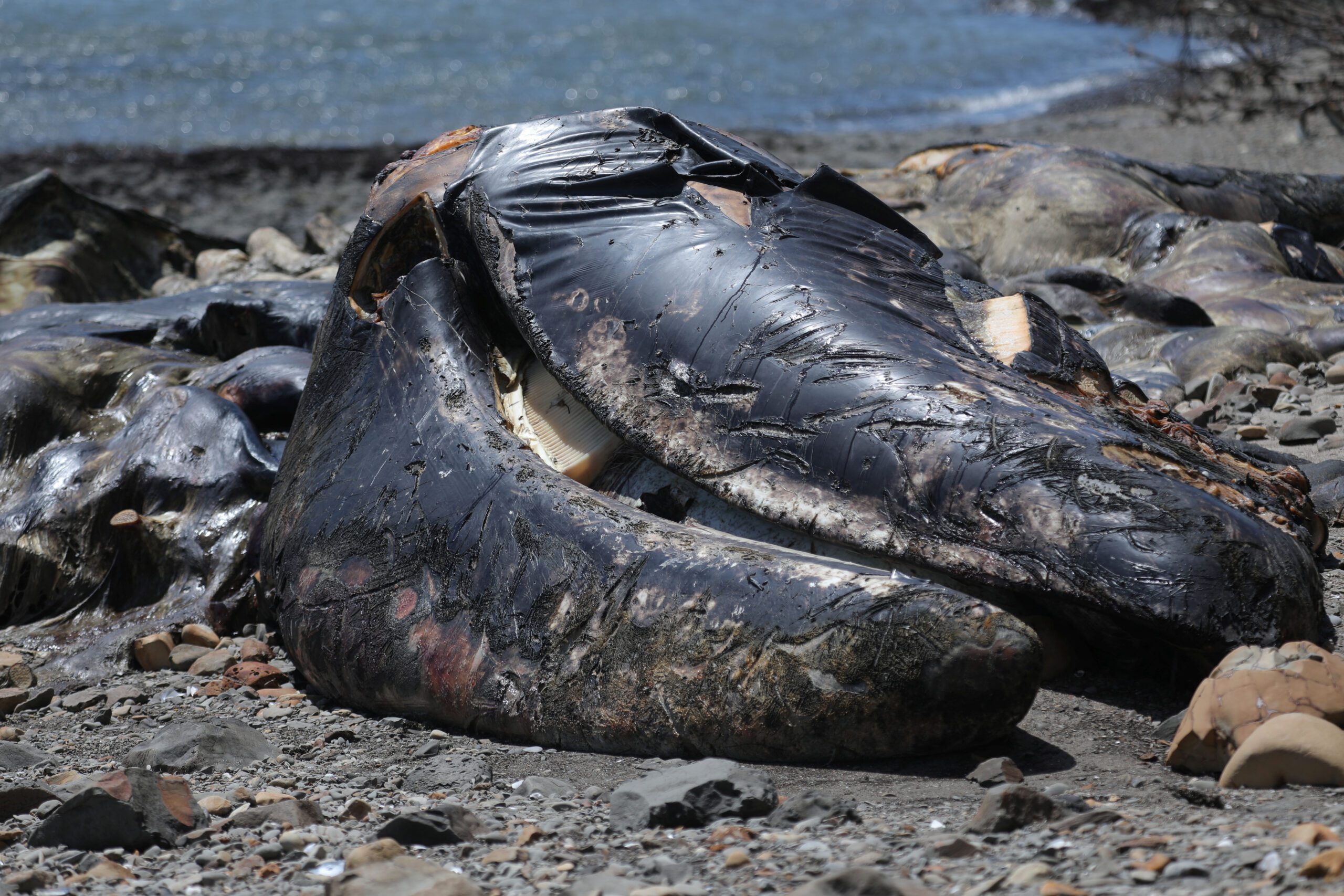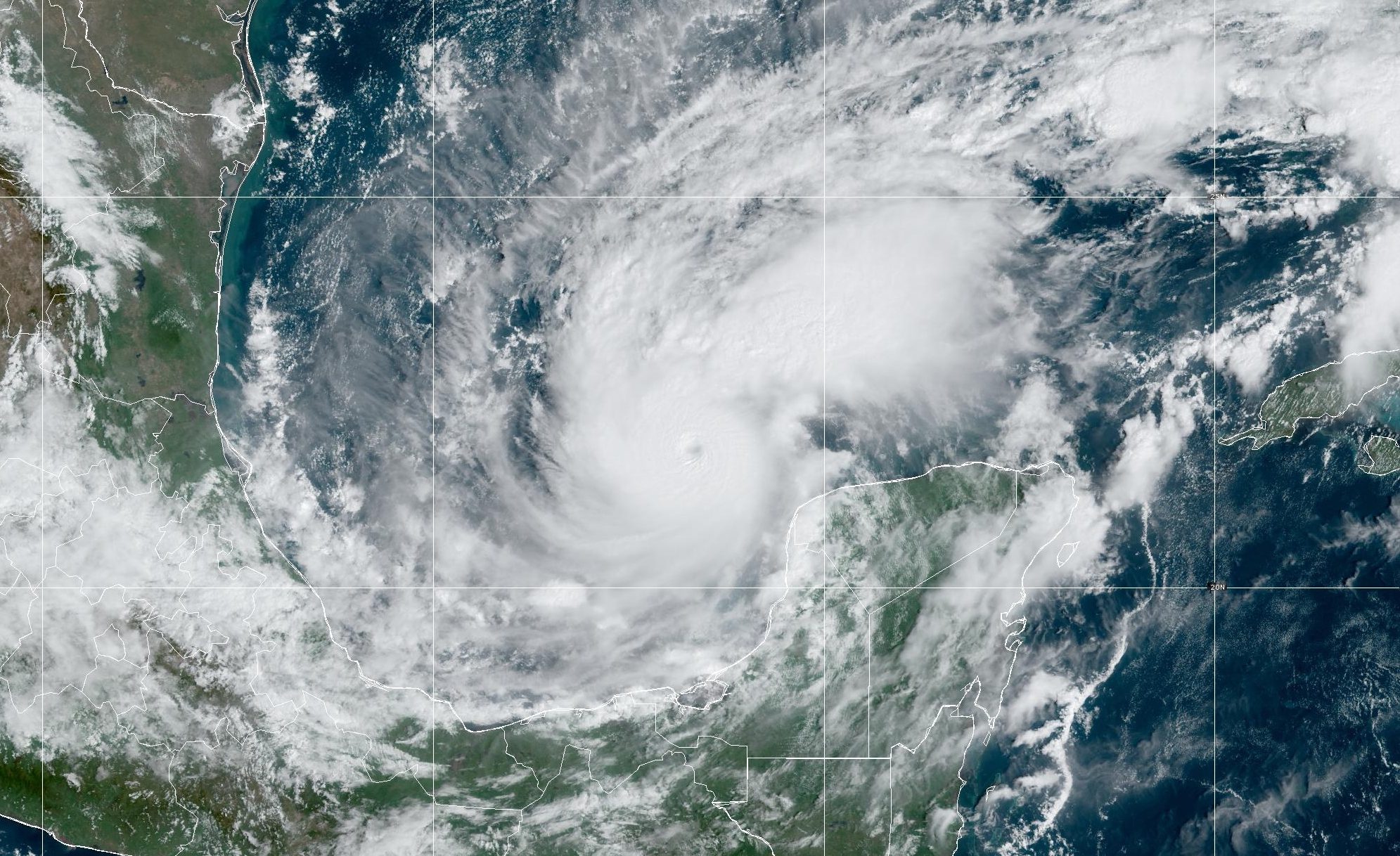By Nathan Frandino and Daniel Trotta
SAN FRANCISCO, June 29 (Reuters) – Gray whales on the North American Pacific coast fell this year to their lowest population since the late 1960s and early 1970s, but have also shown encouraging signs such as an increased number of calves born and healthier looking animals, scientists report.
The gray whales are a majestic component of the West Coast ecosystem, visible from the coastline as they migrate thousands of miles back and forth between Alaskan waters and the lagoons of Baja California Sur in Mexico, where they birth and mate.
The decline has been linked to a reduced source of food in addition to human factors such as collisions with vessels and entanglements in fishing nets, experts said, and the recovery may be the result of whales adapting to the food shortage by finding it elsewhere.
Read Also: San Francisco Group Blames Ships For Dead Whales
The most recent estimate of their population is 14,526 from the 2022-23 southward winter migration, a number comparable to those from 1968-1970, among the lowest since records began in 1967, the National Oceanic and Atmospheric Administration said in a report published on Tuesday.
Read Also: Report Finds Vessels Speeding in Virginia Beach Slow Zones Before Right Whale Death
The census, derived from a visual survey taken off the central California coast, is a best estimate that falls between lower and upper confidence limits of 13,195 and 16,050.
All three of those numbers have fallen from a peak estimate of 28,790 in 2014-15, when confidence limits ranged from 23,6230 to 39,210. A severe drop-off began in 2019, when NOAA Fisheries declared an Unusual Mortality Event (UME) as gray whale strandings surged.
Steven Swartz, who monitors gray whale migrations in Mexico for the Laguna San Ignacio Ecosystem Science Program separately from the NOAA research, said he was optimistic over positive signs such as fewer mortalities spotted in the lagoons of Mexico, more calves than in recent years, and fewer emaciated whales.
“You always feel bad if you’re a wildlife biologist and one of your focal species declines or suffers … So to see the mortality rates come down, the birth rates come back up, even at this level at the beginning is quite, quite, quite a good feeling,” Swartz said.
In the San Francisco Bay, Kathi George and her colleagues from the Marine Mammal Center regularly scout gray whales and share data with NOAA. She said her team has spotted a record high 19 gray whales in the Bay this year, an unexpected increase.
“As a San Francisco Bay resident, that is a cause for celebration,” George said.
(Reporting by Nathan Frandino in San Francisco Bay and Daniel Trotta in Carlsbad, California; Editing by David Gregorio)
(c) Copyright Thomson Reuters 2023.

 Join The Club
Join The Club












